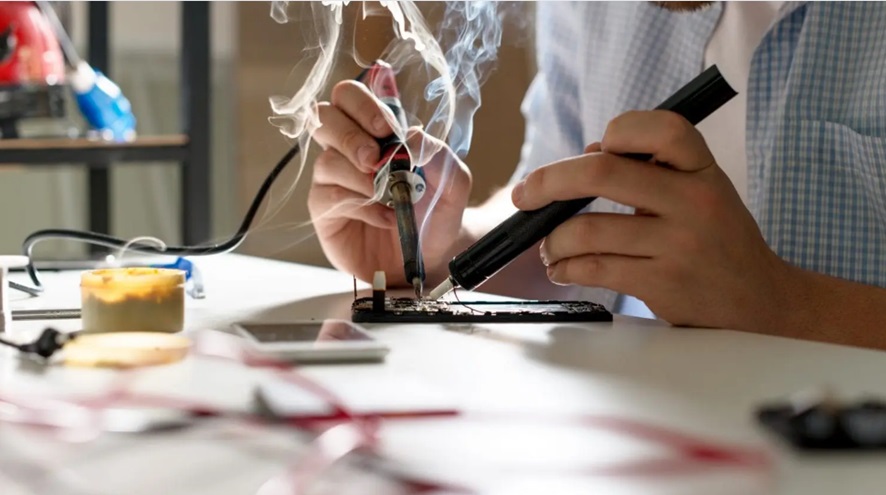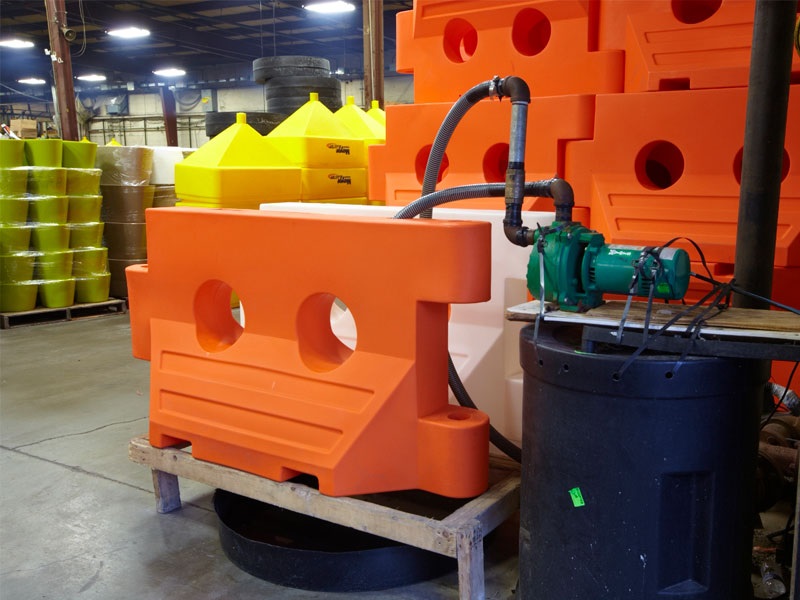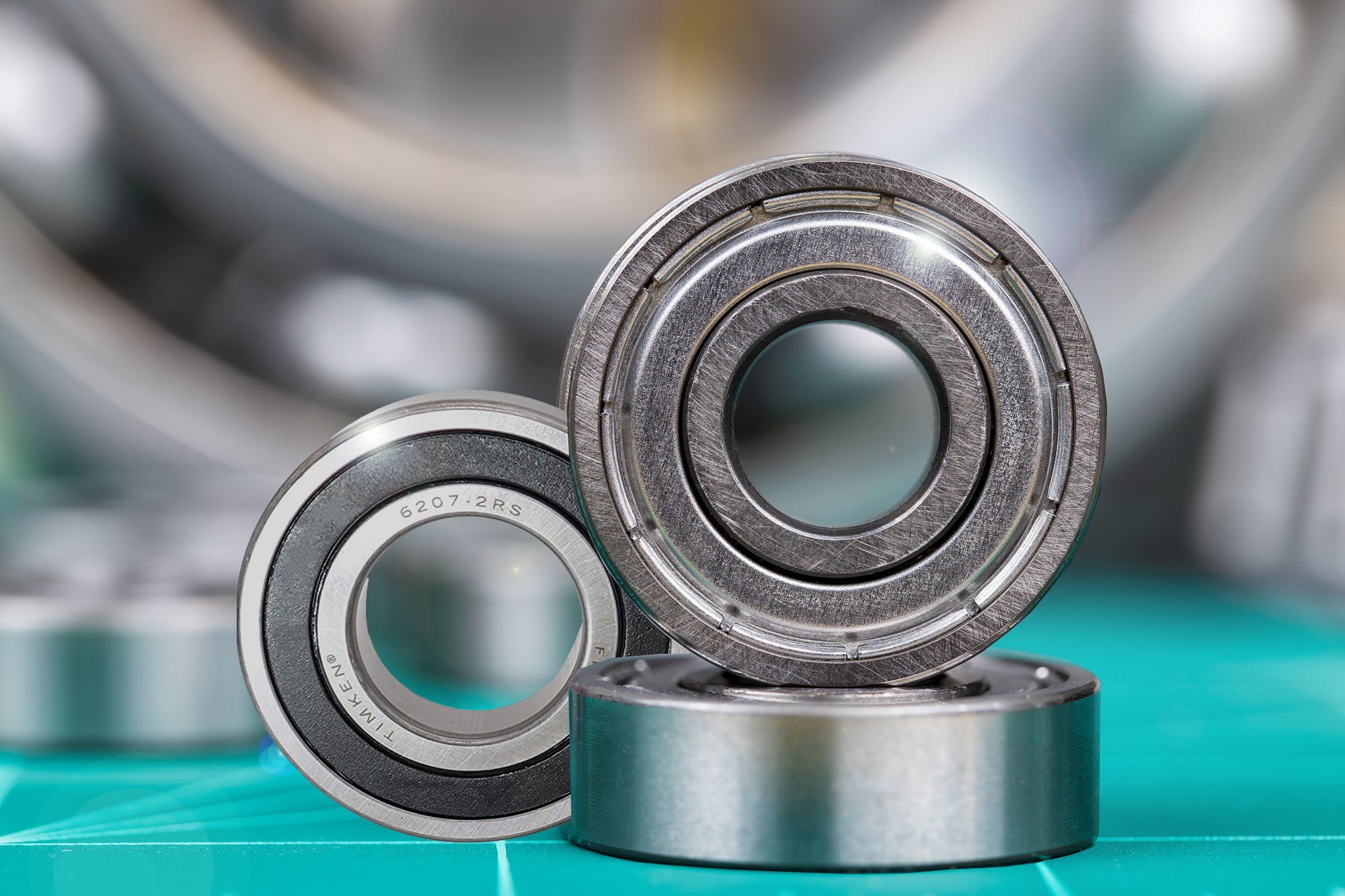Hydrostatic Testing: What Is It?
Hydrostatic testing is the most popular method of testing the strength, maximum pressure level, and checking for leaks in industrial hoses and pipes. Hydrostatic testing is also a safer alternative to test than pneumatic testing.
Hydrostatic testing is usually needed after shut downs and repairs to check that the equipment is sound to operate under the required conditions once more.
Hydrostatic testing cannot be carried out whilst normal service is ongoing, and leaks cannot be monitored once the test has been completed. Testing for this whilst normal operations are taking place is best controlled by using an effective equipment integrity programme.
Hydrostatic testing is considered as a form of non-destructive testing – meaning that the process won’t damage any of the equipment. However, if during testing a specified pressure is exceeded or there is a small fissure in the application, then the equipment can end up rupturing and inevitably failing.
Hydrostatic testing is a popular method for industrial hoses, including rubber hoses, PVC hoses, and stainless steel hoses.
How is hydrostatic testing carried out?
Hydrostatic testing is a way of testing the pressure limit of a component. This works by completely filling a hose or other form of equipment with water, and removing the air which would usually be inside, then adding pressure to the setup which is up to 1.5x higher than the required pressure for that unit.
The pressure level is then held within the unit for a specified period of time to see how it copes, and so it can be visually inspected for any leaks and damage. The inspections can be made easier by adding a tracer or fluorescent dye to the liquid to make it more apparent as to where they are coming from.
Common Hydrostatic Testing Methods
The Water Jacket Method
In order to carry out this ‘water jacket’ method, a vessel will be completely filled with water, and then put inside a sealed chamber (test jacket) which will also be filled with water. Pressure will then be added to the vessel for a period of time, whilst remaining inside this jacket. The vessel will eventually expand, pushing water out of the jacket and into a collector. The volume of liquid in the collector measures the expansion of the vessel.
Direct Expansion Method
The direct expansion method involves filling the component with a pre-measured volume of water, adding pressure, and then measuring how much water is released once the pressure is returned to normal.
Proof Pressure Method
The proof pressure method adds pressure to the vessel internally, which checks if it contains any damage including leaks and wall thinning which could eventually cause failure.




